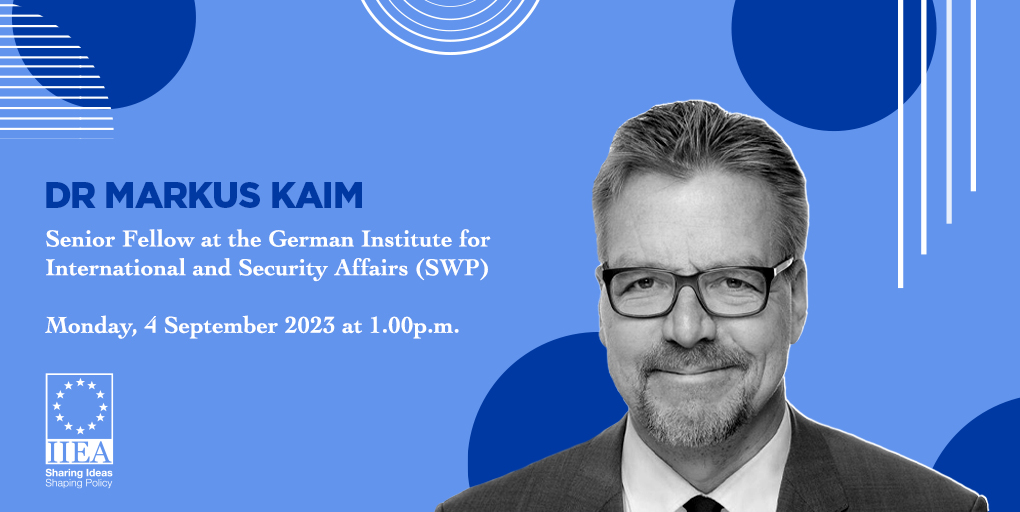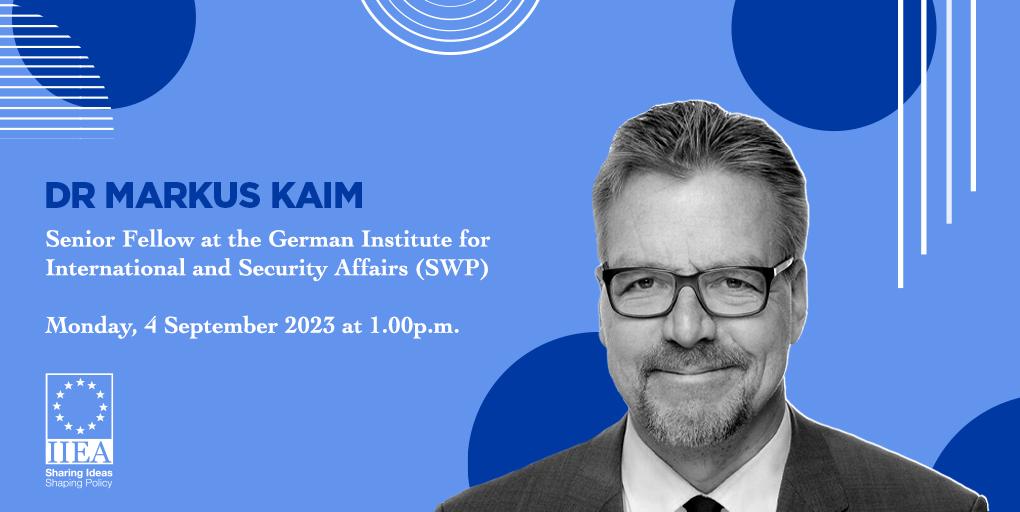The German National Security Strategy: It All Depends on the Implementation

According to Dr Kaim, strategies are tricky things: flowery words describe the big picture and in the end, no one really knows what these words actually mean in practice. This is how many of the 76 pages of the first German National Security Strategy read. The Scholz government has not developed any fundamentally new guidelines for its foreign and security policy – it has written down what it has already planned and what is already reality. Much of the Strategy remains vague so that all parties of the coalition can rally behind it, with the Chancellor and four ministers using the presentation of the strategy to send a signal of unity. Nevertheless, the National Security Strategy expands the conception of "security" beyond just diplomacy and the Bundeswehr to also encompass electricity and water resources, pharmaceutical supplies, and the supply chains for raw materials that industry relies upon. But whether this is more than just words is something the German Government must now show in its implementation of the strategy.
About the Speaker:
Dr Markus Kaim is Senior Fellow in the International Security Research Division at the German Institute for International and Security Affairs (SWP). He was Helmut Schmidt Fellow at the German Marshall Fund of the United States in Washington 2019-2020. He has taught as a Visiting Scholar at the Institute of European, Russian, and Eurasian Studies at Carleton University, Ottawa, as DAAD Professor for German and European Studies at the University of Toronto, and as Adjunct Professor of Foreign Policy and International Relations at the University of Konstanz. He is an adjunct professor at the University of Zurich, at the Hertie School of Governance, Berlin, and at the Bucerius Law School, Hamburg.

